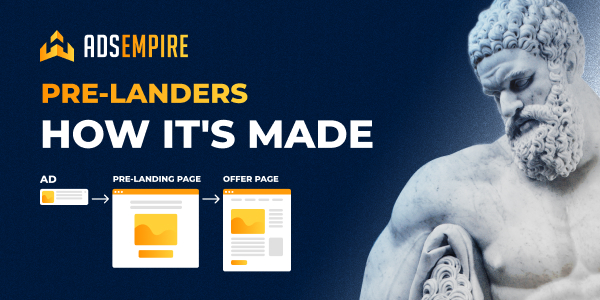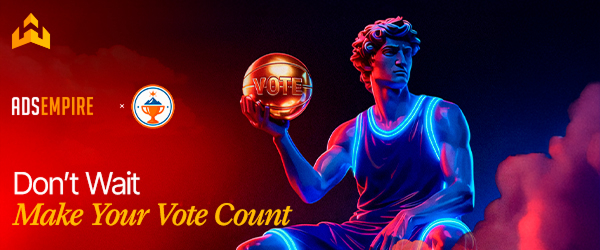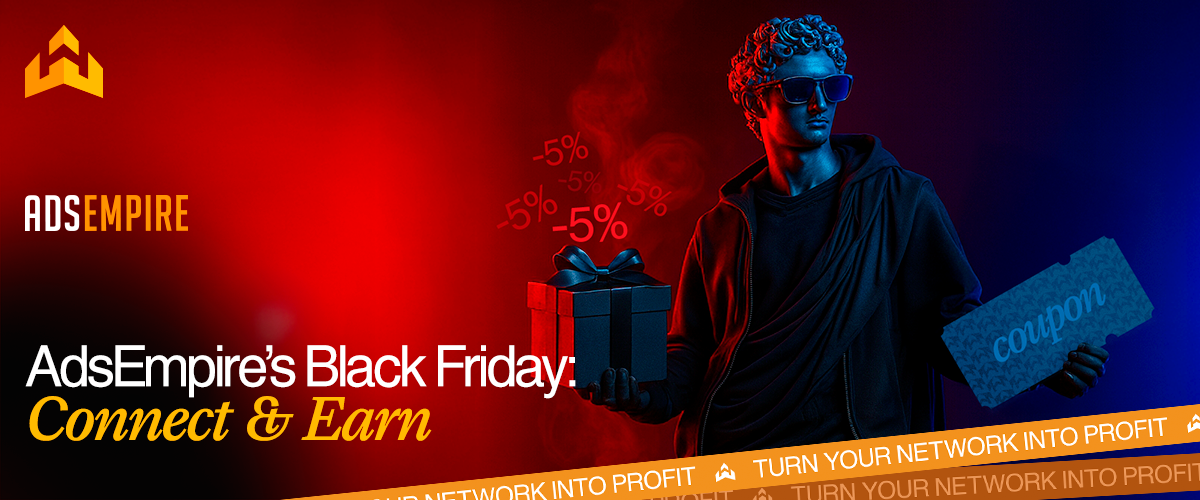If you’re an affiliate marketer looking up their game and improving conversion rates, then a pre-landing page could be your right marketing tactic. Pre-landing pages can have many benefits to help improve sales if they are created and used correctly. As an affiliate marketer, you’ve probably wondering if you should use it as part of your marketing strategy. We’ll cover what it is, when to use it, how to create it, and how to make it most effective.
Why Do You Need Pre-Lander? Benefits of Using It
Firstly, let’s look at what exactly is a pre-landing page. This page sits between your traffic source, typically an ad and the website’s landing page, where customers will ultimately make their purchases. The pre-landing page is there to give your web visitor a warm-up to the landing page. So once they arrive, they know exactly what to do. Think of it as an introduction to your product or service in a more detailed way than a standard landing page can offer.
Pre-landing pages are designed to help boost click-through rate (CTR). They create curiosity and excitement and impart useful information to help viewers with purchasing decisions. A pre-landing page prevents new visitors from confusion when they reach the landing page. They already have some information about the product or service.
When are Pre-Landing Pages Most Effective?
Pre-landing pages are not suitable for every product or service. They are most useful when more information is required to help with purchases. The most effective ones tell a story about the offering or entice the visitor to learn more. They benefit a new visitor who has found you from other online activities. Perhaps they were using social media and have seen your ad. If they haven’t searched for you directly, then they may need a pre-landing page to give them more information before arriving straight at the website.
When Shouldn’t I Use Pre-Landing Pages?
If pre-landing pages are not used correctly, they can cause more problems than benefits. A pre-landing page is another click in the sales journey, which requires a smart and expert approach as it’s one more step where a potential customer could drop off. If the pre-landing page isn’t effective, it could stop a potential customer from clicking through.
You should not use a pre-landing page when your customer already knows the product or service. For example, you would not need a pre-landing page after a search engine ad. As your visitor is already searching for you. You should put your pre-landing page when someone has clicked on your ad via another unrelated means, such as social media, online games, or something else.
How to Create a Pre-Landing Page for Affiliate Marketing that Works
Firstly to create a pre-landing page, you’ll need to address the technical side of creating a web page. If you aren’t familiar with building website pages, there’s no need to worry, as this is a basic page that won’t need much development. Many templates are also available to create the page’s design quickly and easily.
Next, you’ll need to find a website to host the pre-landing page, and most online website builders will do the job when you’re just starting. As soon as you start to grow across different locations and offerings, you’ll need your own site. You’ll also want to get your domain, so the website URL looks like example.com.
Once you have your site ready, you can start adding content. This will vary depending on what kind of product or service you are offering. Pre-landing pages usually come in the form of a news article, blog post, or game, so whichever you choose to do will be created accordingly. Almost all pre-landing pages will start with a heading banner that will attract the user’s attention.
When a visitor lands on your page, this banner is the first thing they will see, and it can be the make or break if they stay or leave your site. When creating a heading banner, it needs to evoke curiosity and emotion and attract the visitor to find out more. If you’re using a news article or blog style, your page should focus on telling a captivating success story to enable the visitor to learn more about the product.
The end of the pre-landing page should have reviews and testimonials where appropriate to create trust in the product. A/B test different designs to see which ones are more successful.
It may take time to build the pre-landing page in the beginning, but once it’s built, it is easy to maintain and manage.
Pre-Landing Pages Examples
Pre-landing pages give more information about the product or service and entice the visitor to find out more. An example is a game for a casino-type service where the pre-landing page may feature a spinner to win some prizes. It gives the visitor a taste of the offering. Pre-landing pages are also used for dating services where a love story or a romantic flirt telling can be featured on the pre-landing page to show what the visitor could be in for.
Alternatively, these pages are also used for supplements where a pre-landing page can include a transformation story. This applies to weight loss or gain products, skin or hair care treatments, and similar services where you can show visitors what type of transformation they could get by using your product or service.
How to Increase Conversion Rates of Pre-Landers?
The best way to increase the conversion rate of pre-landing page visitors is to provoke and fascinate at the same time and use urgency tactics to push sales. For example, showcasing a story about your product or service to generate an emotional response helps visitors click through.
Make sure you use real stories and reviews, as unrealistic, fake information will push visitors away. You’ll also want to create a clear call to action button that draws the visitor in and refrain from overwhelming the page with different links and buttons.
Pre-landing pages are not for all products or services, but when used correctly, they can help boost click-through rates and improve sales. Use them when you need to give new customers more information about your offering to help them with purchasing decisions. Ensure you entice customers with an attractive heading and call reaction to keep them interested. Use real stories and reviews to build trust and interest in your offering. Finally, have a clear call to action button, so visitors know exactly what to do next.






